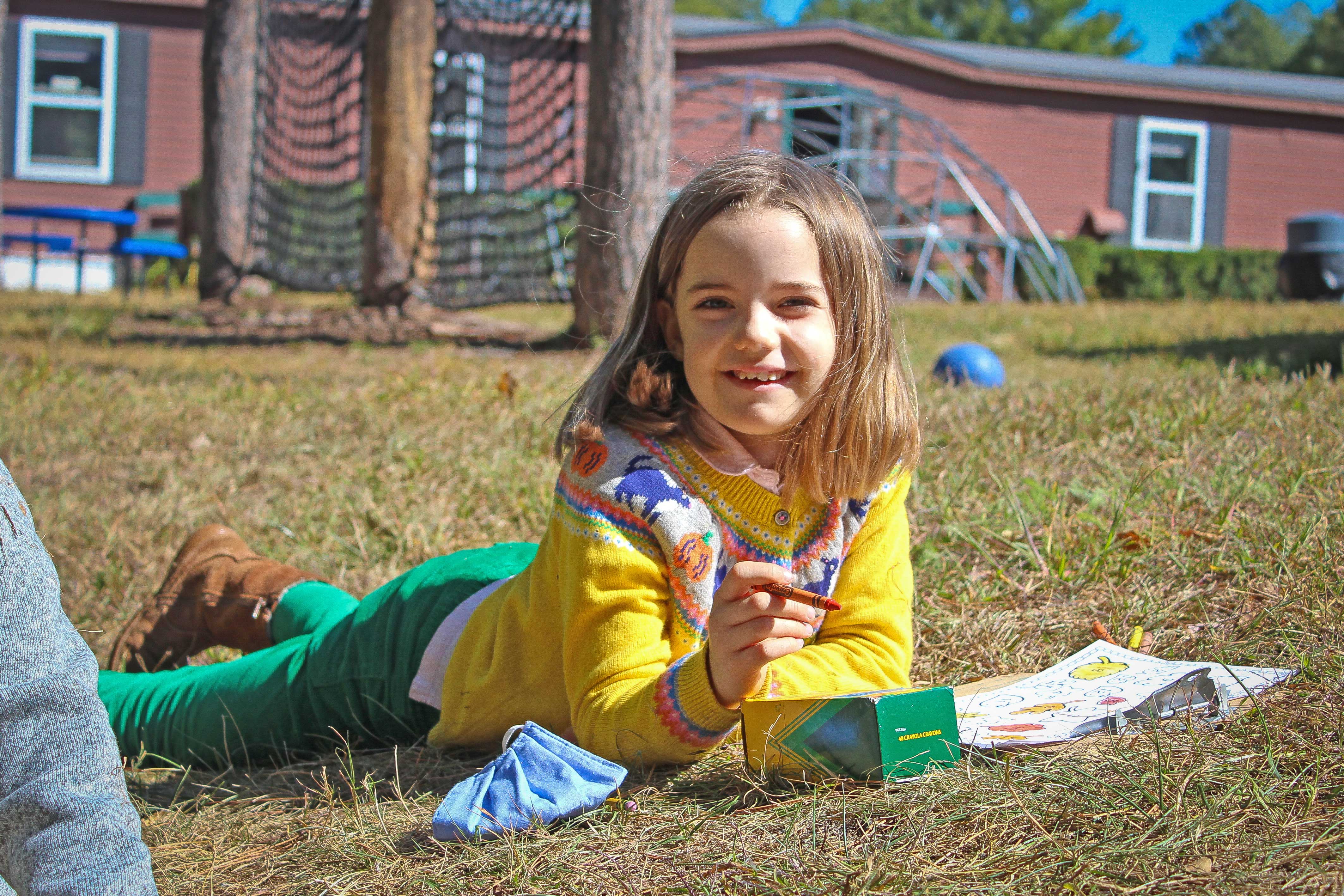
When Tibetans say “I’m thinking,” they often gesture to their heart, not their head. In fact, an accurate interpretation of the phrase ‘Nge sempa…’ is partly ‘My thinking…’ and partly ‘My feeling…’ What Tibetans have known for centuries has recently been born out by neuroscientists. With new brain scans that track neurological networks, we now know that neurons are spread throughout the human body. In particular, the vagus nerve travels from the brain stem to the heart, lungs, kidney, and stomach. This nerve allows the body and brain to communicate almost instantly.
Throughout various encounters during the course of the day, one’s heart rate may vary, blood pressure may change, and breathing may slow or accelerate. All of these physiological variations are communicated to the brain, impacting our thoughts and having influence on our thoughts in ways that are not always conscious. Lisa Feldman Barrett, of Northeastern University and author of How Emotions Are Made wrote, “You might think that in everyday life, the things you see and hear influence what you feel, but it’s mostly the other way around: What you feel alters your sight and hearing.” In other words, our physiological reactions to situations determined by the autonomic state of our body influence the way we perceive the world. In this new paradigm, the distinction between reason and emotion blurs, and this may be even more true during a pandemic when heightened emotions are increasingly common.
In a school context, these insights make a powerful augment for implementing curriculum with strong social-emotional learning (SEL) components while creating healthy and safe environments in which to learn. Students and teachers are not simply brains interacting with each other. The emotions students have while learning have a significant impact on how and what we learn. As Tibetans have known for a long time, thinking, feeling and the learning that happens as a result all occur in a holistic way, impacting both the brain and the heart.




